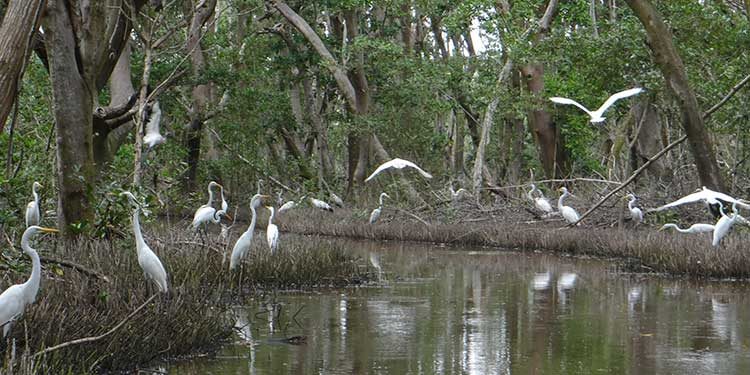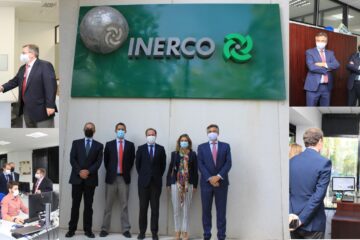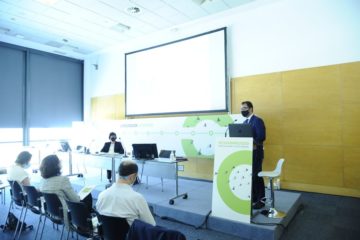INERCO creates the Socio-Environmental Management Guide for the Andean Development Corporation (ADC)

INERCO has developed the content and structure of the standard guide for the preparation of Environmental and Social Studies (ESS) of the Andean Development Corporation (ADC), the Development Bank of Latin America. Specifically, INERCO created the technical documents for a total of ten strategic sectors, an endorsement of the realization of these important studies, in addition to unifying the structure, methodologies and criteria of the studies presented to the ADC in the 19 countries of Latin America where it has a presence.
These technical documents will serve as a guide for the projects presented to the Andean Development Corporation in the areas of road infrastructure, port construction, airport construction, districts at risk, water-supply systems, sewage systems, the disposal of solid waste, the generation of wind energy, the construction of electricity lines and the construction of small hydroelectric power plants.
INERCO’s experience in environmental and social chapters in Latin America has been a guarantee for the ADC when requesting support for the preparation of this guide, a key document for each request to this organization. It promotes a sustainable development model through credit operations, non-reimbursable resources, and support for the technical and financial structuring of projects of Latin America’s public and private sectors.
Founded in 1970, the Andean Development Corporation is a development bank comprised of 19 countries – 17 from Latin America and the Caribbean, Spain and Portugal – and 13 private banks from the region.
Climate risk analysis tool: analysis and recommendations
INERCO has also prepared an assessment of the Climate Risk Analysis (APRC in Spanish) tool for the Andean Development Corporation, which included its application in five projects financed by the ADC and generated a recommendation for its improvement.
The APRC tool is used by the ADC in the early stages of the projects to be financed, in order to evaluate the possible risks of the project in the face of variability and climate change, and to determine the levels of detail required for the subsequent phases of the project cycle and the credit process.






